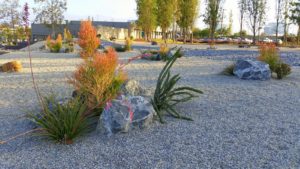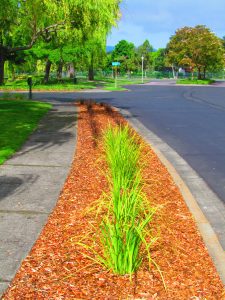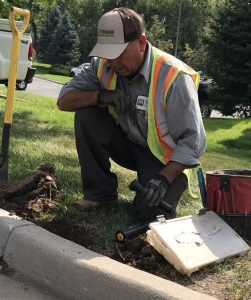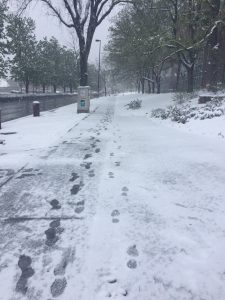Whenever drought or water restriction hit, one of the first things commercial property owners notice is how brown and dry everything gets. Your property’s once lush landscape will quickly begin to fade. One way to add some color to your property’s landscape despite these drought conditions is the addition of native plants. The word “native” means that the plant is indigenous to the area and can thrive without human contributions. Below are five beautiful options that can enhance your property.
Prairie Coneflower
The prairie coneflower’s coloring ranges from yellow to red, which will surely brighten up any commercial property during the dry months. Prairie coneflowers can thrive in full sun exposure and only need light to moderate watering. In addition to their drought resilient ability, these flowers are also resistant to most diseases and pests that plague other garden plants.
Desert Four O’Clock
Desert four o’clock is one of the showiest drought resistant flowers. They produce an attractive magenta flower that will catch anyone’s eye. They require little to no additional water making them the perfect flower for your commercial property once a drought rolls around.
Tradescantia
These unique flowers offer something different to your landscape. Tradescantia flowers are usually blue or purple and only remain open during the day, closing during the night. They are very resilient and prosper in hardy conditions.
Gaillardia
If your commercial property’s landscape is in need for a cheerful flower this is surely the one. Gaillardia are marked with a flamboyant bright red and yellow coloring. They flourish in full sun and love well-drained soil, which is great for dry conditions.
Pink Muhly
This ornamental grass is a tough, hardy plant that is undaunted by drought conditions. It also, does amazing in conditions ranging from full sun to shade. If alone doesn’t sell you on the plant, the grass also changes coloring throughout the year. In the spring and early summer months, the grass begins as a green, then changes to a pinkish, burgundy grouping, and then finishes off the year as a wheat colored plant.
For recommendations or help planting flowers for your commercial landscape property click here: Contact Us

























